
Blogs on oil pulling for oral health, stress in patients and dentists during root canal treatment and incremental v bulk fill composite resin restorations were the most popular between July and September.
[read the full story...]
Blogs on oil pulling for oral health, stress in patients and dentists during root canal treatment and incremental v bulk fill composite resin restorations were the most popular between July and September.
[read the full story...]
Topics covered in our most popular blogs in the first quarter of the 2023. included , selective caries removal, root canal dressings and pain management following dental extractions
[read the full story...]
This review of the efficacy of adjunctive photodynamic therapy (aPDT) on reducing bacterial load in the primary endodontic treatment of teeth with chronic apical periodontitis included 8 studies. While the findings suggest a benefit from aPDT the limited number and quality of the availabel studies mean the findings should be interpreted cautiously.
[read the full story...]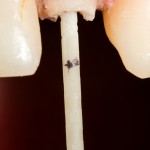
This review of the comparative efficacy of fibre and metal posts used for the restoration of endodontically treated teeth included 25 RCTs. The findings suggest that fibre post performe better than metal posts but the findings should be interpreted with caution.
[read the full story...]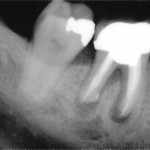
This review to determine the prevalence of middle mesial canal (MMC) in mandibular molars using cone beam computed tomography included 34 studies. THTe findings suggest a MMC prevalence of 4.4% (95%Cl: 3.5% to 5.3%) in first permanent molars and 1.3% (95%Cl: 0.08% to 1.8%) in second permanent molars.
[read the full story...]
This review to determine whether root canal treatment causes greater stress than other dental treatments, especially extractions, in patients and providers of dental treatment included 23 studies. The findings suggest that root canal treatment was more psychologically stressful for patients than routine restorative or cleaning procedures however a majority of the included studies (52%) were at high risk of bias.
[read the full story...]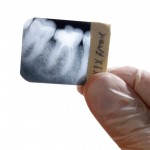
This review of the efficiency of orifice barriers in preventing coronal microleakage after root canal treatment included 18 in-vitro studies. The findings suggest the placement of an orifice barrier helped prevent coronal leakage. However the relevance of this to the clinical environment remains to be examined.
[read the full story...]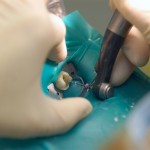
This review comparing the effectiveness of root canal treatment outcomes in teeth with a vital pulp versus a necrotic pulp included 28 studies. No differences between vital and necrotic pulps were seen for tooth survival. No studies reported on tooth function, adverse effects or oral health related quality of life (OHRQoL).
[read the full story...]
This review of the efficacy of adjunctive photodynamic therapy (PDT) on root canal treatment in primary teeth included 4 studies. The included studies were small and of short duration and lacked clinically relevant outcomes. Larger high quality well conducted studies with follow up periods of at least 12 months are needed to assess the role of PDT in primary teeth.
[read the full story...]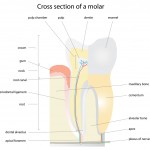
This review evaluating the evaluate the success rate of pulpotomies on permanent teeth using ProRoot MTA, compared to calcium hydroxide or other bioceramic cements included 16 RCTs. The findings suggest better outcomes with MTA than calcium hydroxide. However 10 of the studies were at high risk of bias and the overall certainty of evidence was assessed as low.
[read the full story...]